
Cottage gardens celebrate romance, informality, and abundance. Cottage gardens overflow with colour, texture, and life. They capture the nostalgic beauty of old English countryside homes—where flowers tumble over paths, herbs mingle with blooms, and wildlife finds a welcoming refuge.
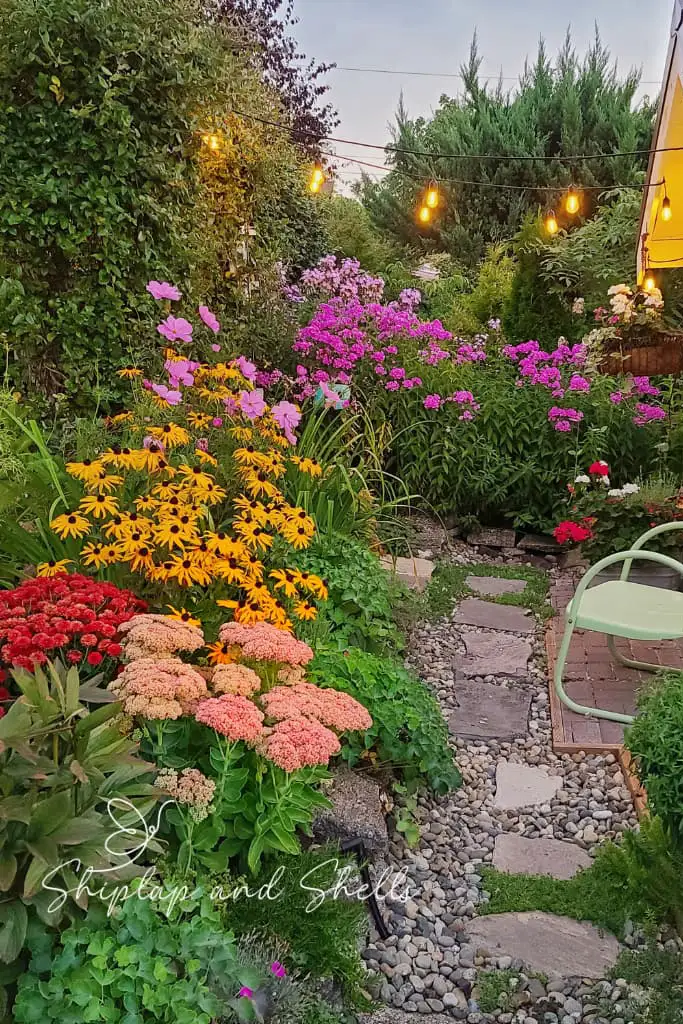
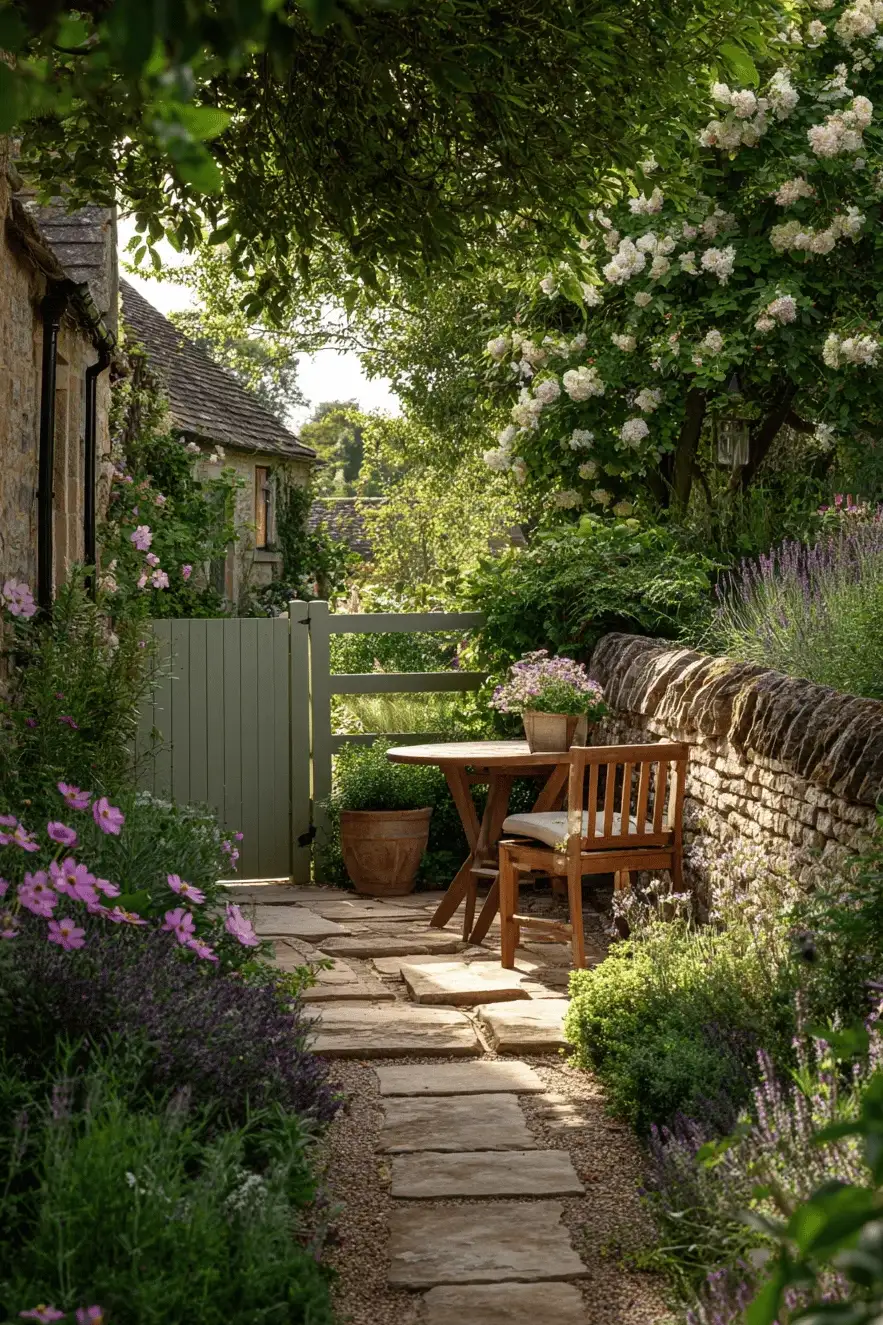
Rooted in practicality and charm, cottage gardens mix beauty and utility—combining ornamentals, herbs, and edibles in joyful profusion. Whether you’re working with a large country plot or a small urban patch, this style can bring warmth and timeless personality to any outdoor space.
Cottage gardens thrive on an effortless look, though their magic lies in carefully orchestrated layers. Paths curve gently rather than running straight, and plants spill freely over edges to blur the boundaries between order and wilderness.

Start by sketching a loose structure. Winding gravel paths, low stone walls, or reclaimed brick edging help define sections without making them rigid. The goal is not perfection but *character*.
Fences or hedges (like hawthorn or lavender) give enclosure and intimacy, creating a sense of discovery as you move through the space.
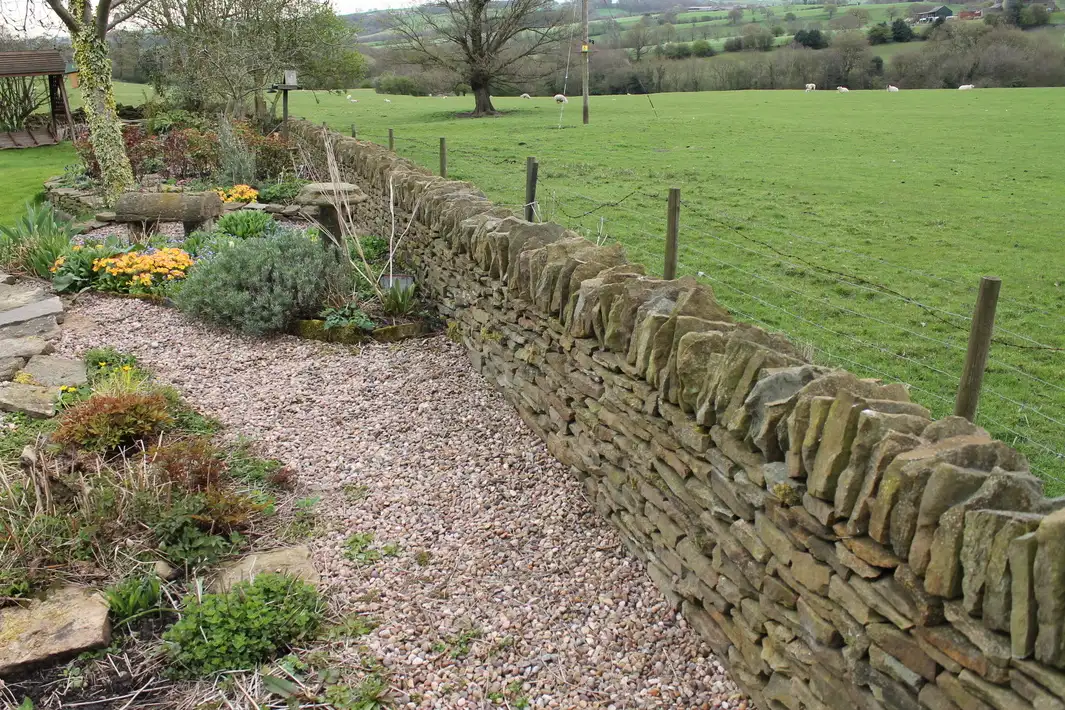
Cottage gardens feel timeless because they use materials that age gracefully. Reclaimed stone, old bricks, and weathered wood all contribute to the garden’s story.
Paths made from irregular flagstones or gravel soften with moss and self-seeded plants over time. Timber pergolas and picket fences invite climbers like honeysuckle or clematis, creating vertical interest and gentle scent.
Avoid sleek, modern finishes—imperfections are part of the charm. Over time, lichen, rust, and patina enhance the garden’s authenticity, embodying the lived-in beauty that defines this style.
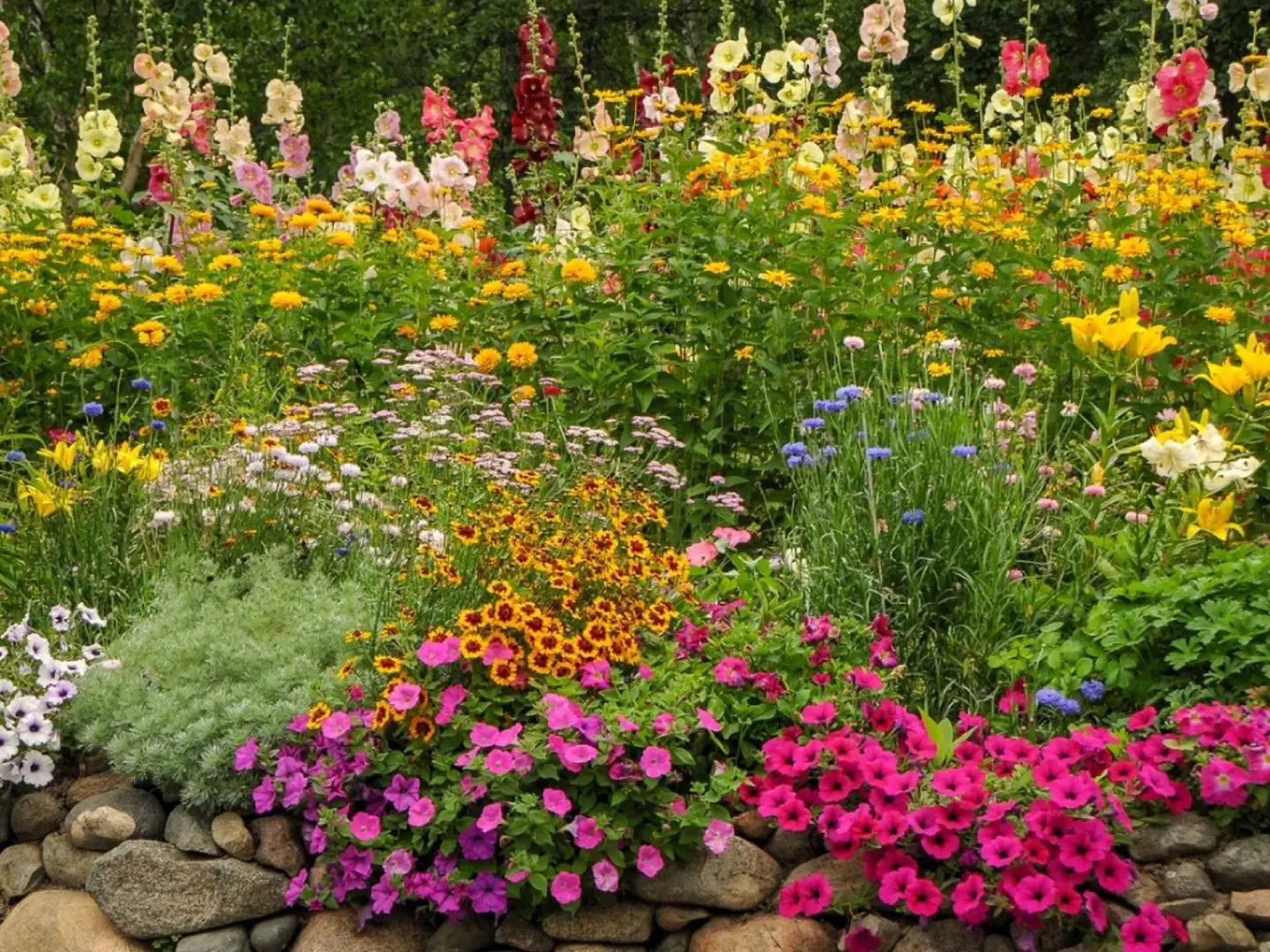
At the heart of every cottage garden is generous, layered planting. Flowers, herbs, vegetables, and fruit plants all coexist in delightful disorder. Colour and texture matter more than precision—plants are chosen for personality and scent rather than symmetry.
Think of your planting as a living tapestry: tall spires, soft mounds, airy fillers, and ground-hugging creepers. Mix perennials, self-seeders, and annuals for ever-changing interest.
Cottage gardens draw their charm from a rich, evolving mix of plants that invite bees, butterflies, and birds.
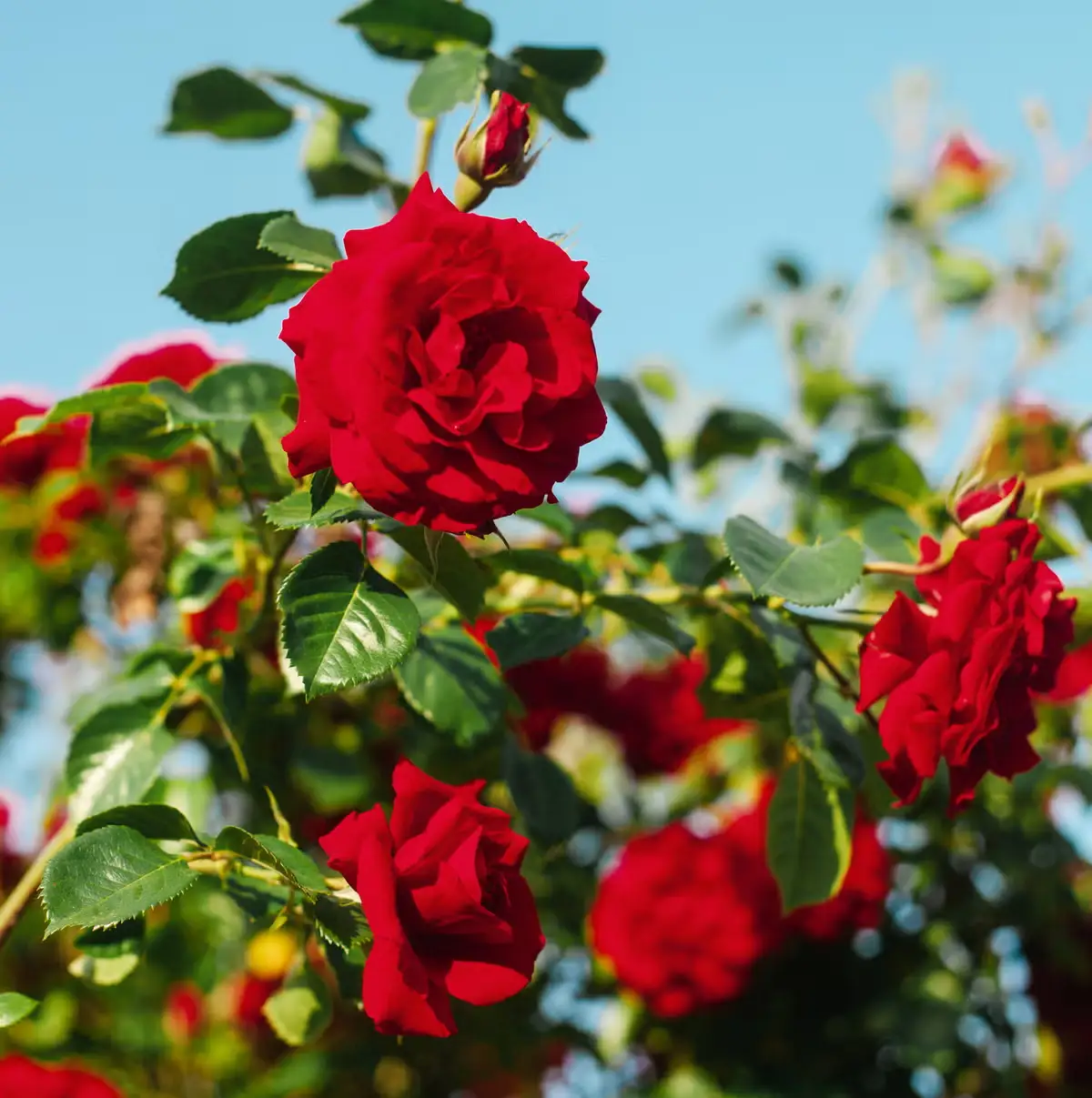
The quintessential cottage flower. Choose fragrant varieties like Rosa ‘Gertrude Jekyll’ or Rosa ‘New Dawn’. Train climbing roses over arches or walls for classic English character.
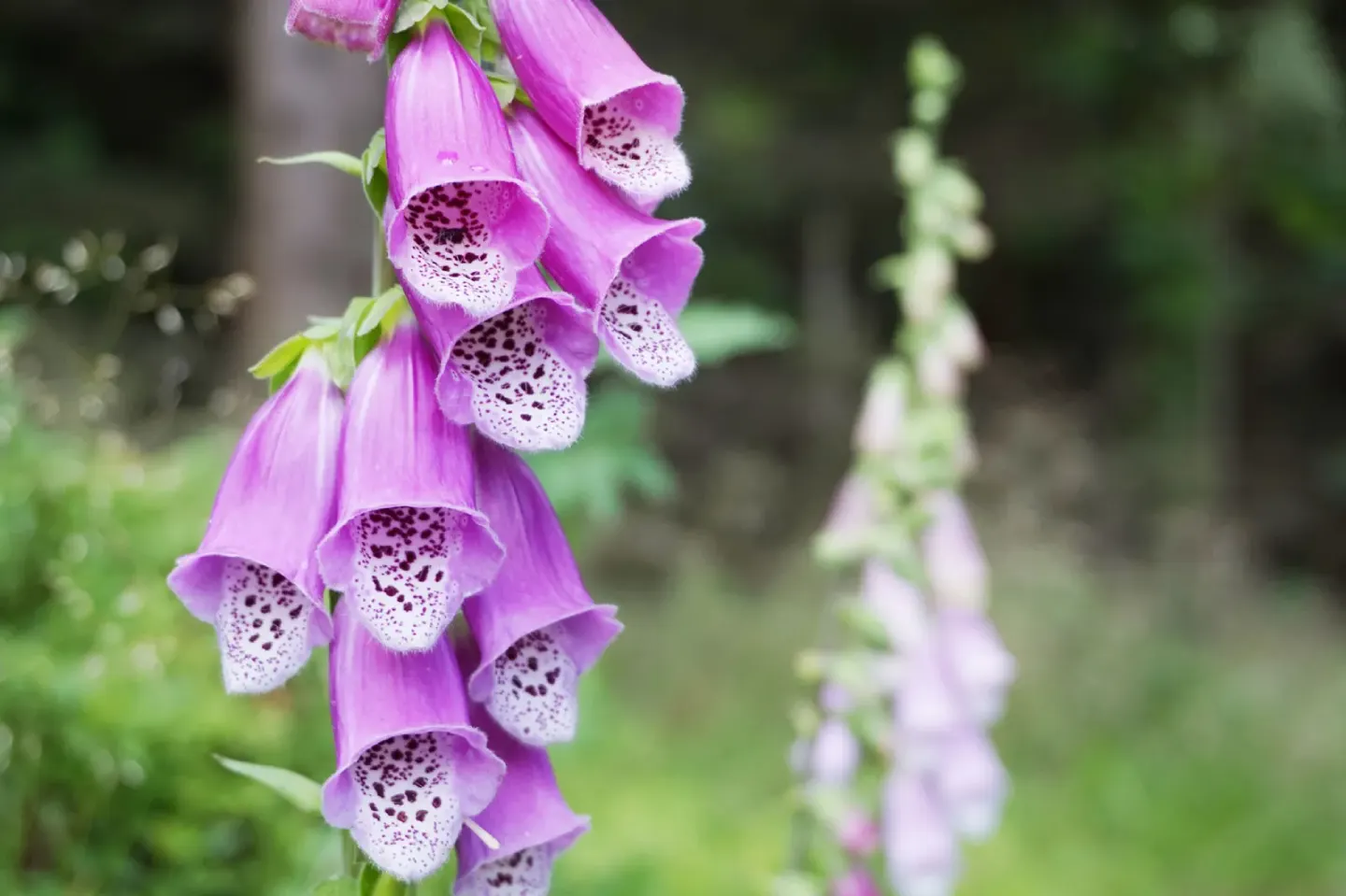
Tall, stately spires that add height and drama. Their speckled bells attract pollinators and bring old-world romance to shady spots.
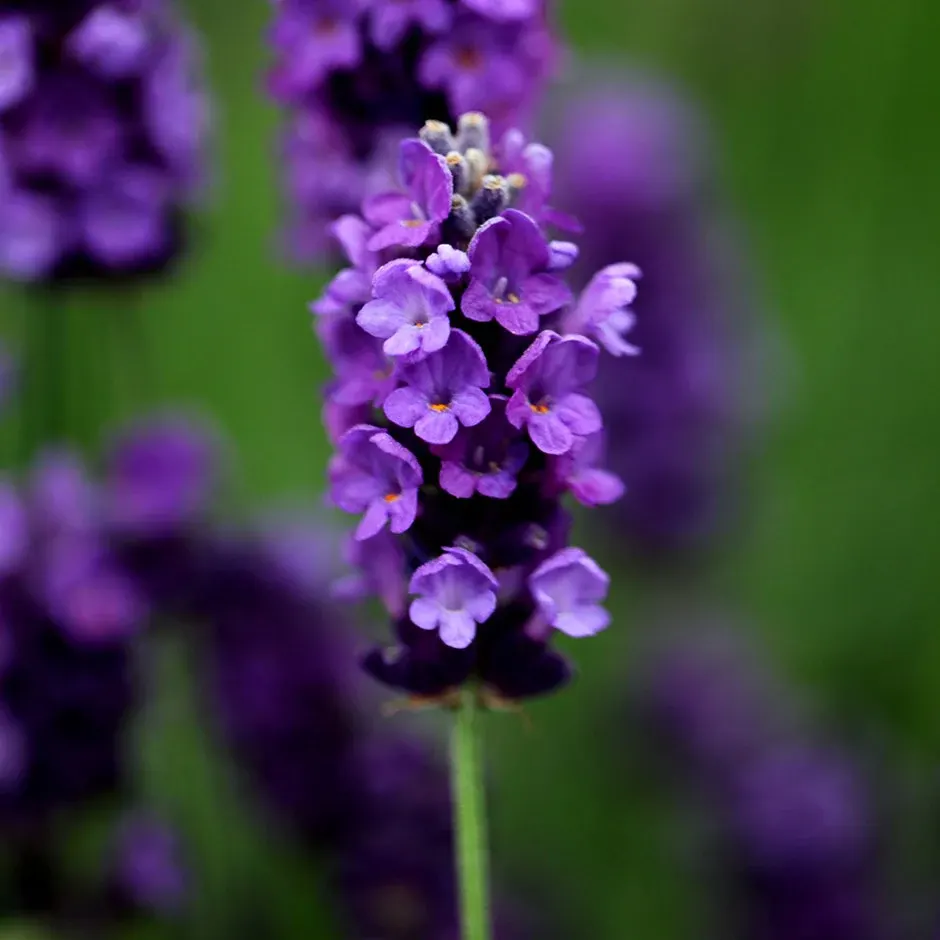
Perfect for edging paths, lavender offers scent, structure, and year-round appeal. Its silvery foliage complements vibrant flowers and deters pests naturally.

These elegant towers of blue, purple, or white flowers make a stunning summer statement. Stake them early to prevent wind damage.
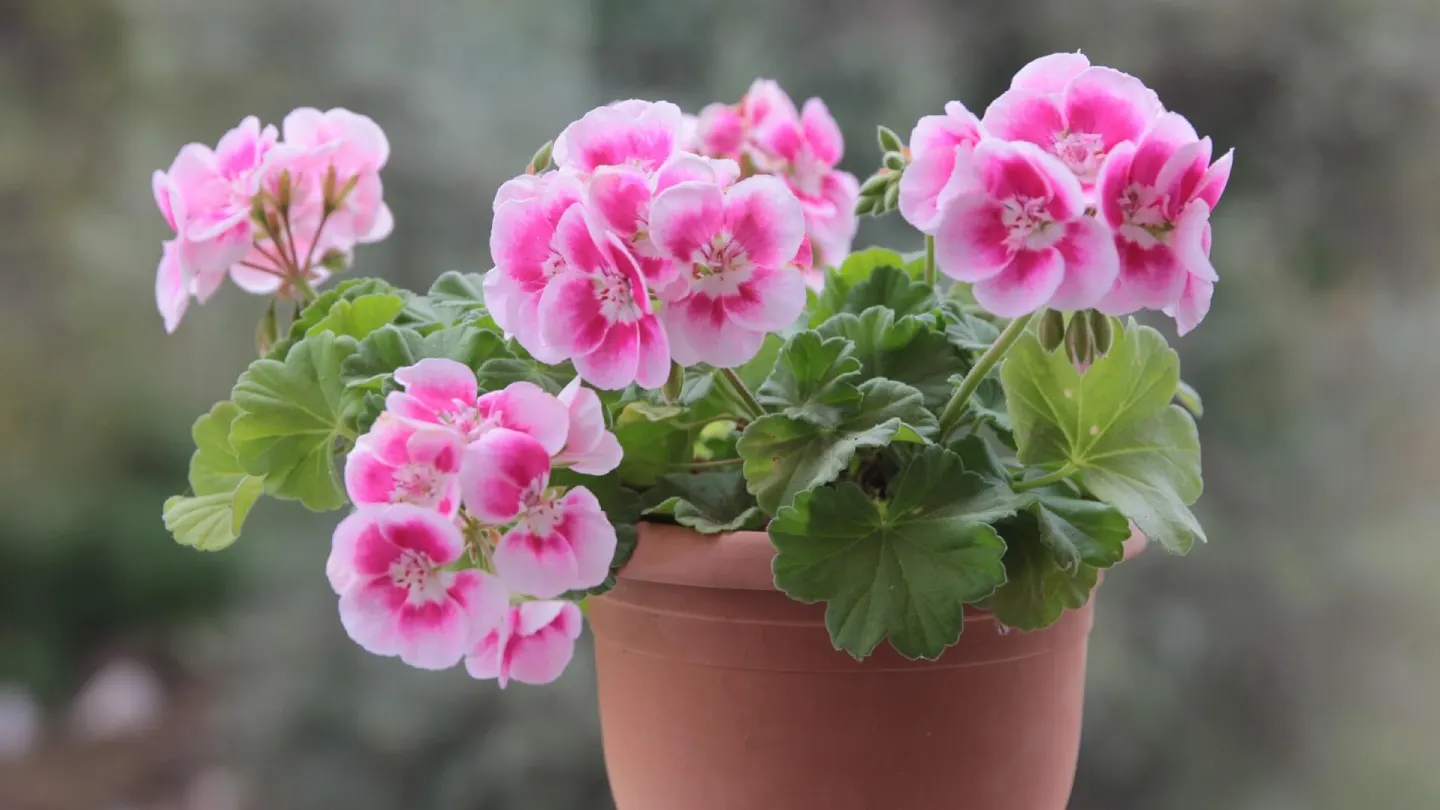
Reliable, long-flowering, and easy to grow. Their mounding habit fills gaps beautifully, keeping weeds at bay while softening borders.
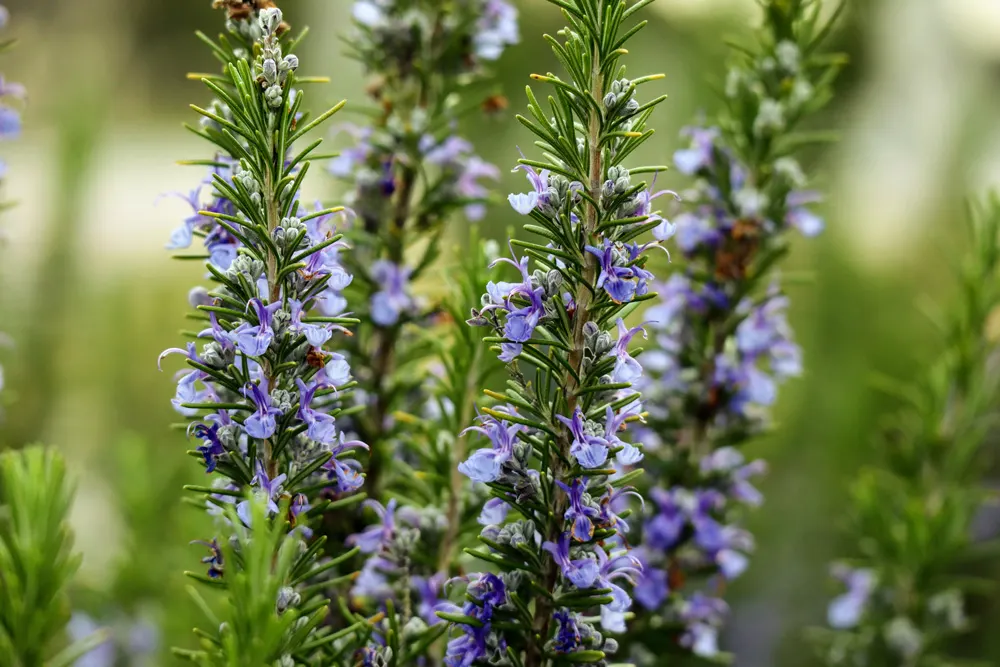
Traditional cottage gardens blend beauty with utility. Include thyme, sage, chives, and mint among your flowers. Add rhubarb, strawberries, or currant bushes for edible charm.
Cottage gardens are never static. They shift gently with the seasons, ensuring that every corner has something to offer—whether it’s spring bulbs, summer roses, or the golden tones of autumn seed heads.
Recommended seasonal highlights: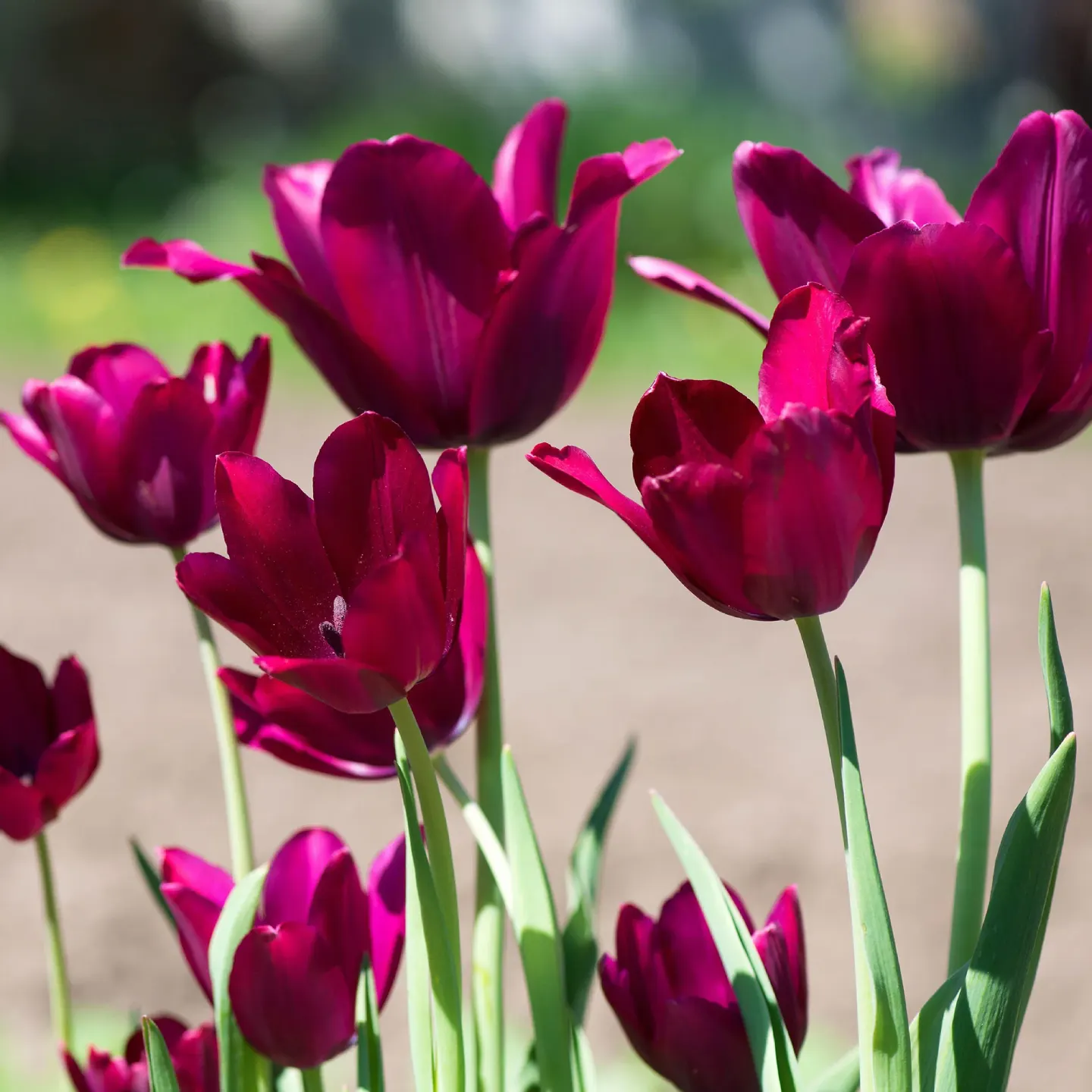



© Rescapeai 2024
[email protected]